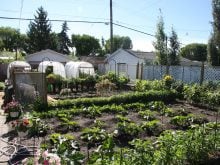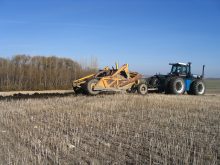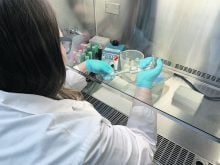Jeff Schoeneau had two opposing take-away messages for farmers who caught his on-line presentation at the 2021 Saskatchewan Agronomy update. The first message was optimistic. The second somewhat different.
The happy scenario dealt with crop nutrition in a setting that sees the Prairies receiving good snowfall this winter and normal rainfall in the 2022 growing season.
The University of Saskatchewan soil scientist said that’s the simple scenario. It’s just business as usual, but with the positive note that farmers may have a significant amount of residual nutrients in the soil because the crop couldn’t use it in the drought.
Read Also
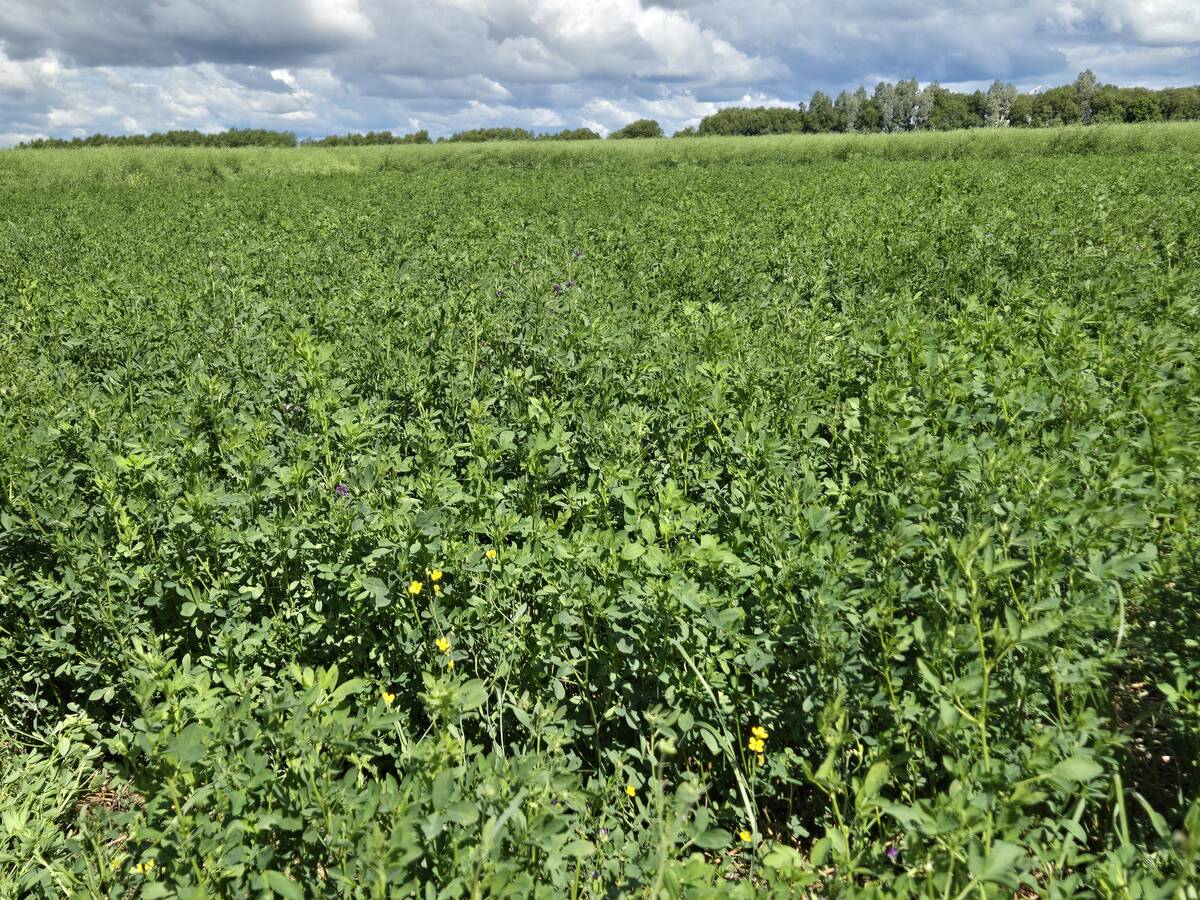
Manitoba Parkland research station grapples with dry year
Drought conditions in northwestern Manitoba have forced researchers at the Parkland Crop Diversification Foundation to terminate some projects and reseed others.
“If moisture is not the limitation, then we’re looking at higher target yields and greater nutrient requirements. If we happen to get a large amount of snow followed by a very wet spring, that will change the availability of nutrients in the soil from what you measured in the fall.
“Nitrogen in particular can be impacted by a very wet spring, so you might go out and re-check some of the fields just to get an idea of what you have. This year, soil sampling and soil testing is more important than it’s ever been.”
The second scenario, the spectre of another dry year made up the main take-away message in Schoenau’s presentation. He said growers need to pay special attention to guidelines for seed-row-placed fertilizer to avoid crop damage.
“In dry conditions you have to get your fertilizer down into moisture below the surface, and the surface has to be well packed to avoid nutrient losses to volatilization,” he said, adding that packing is particularly critical if you’re applying anhydrous or banding fertilizer. Dry conditions make it difficult to seal the channel.
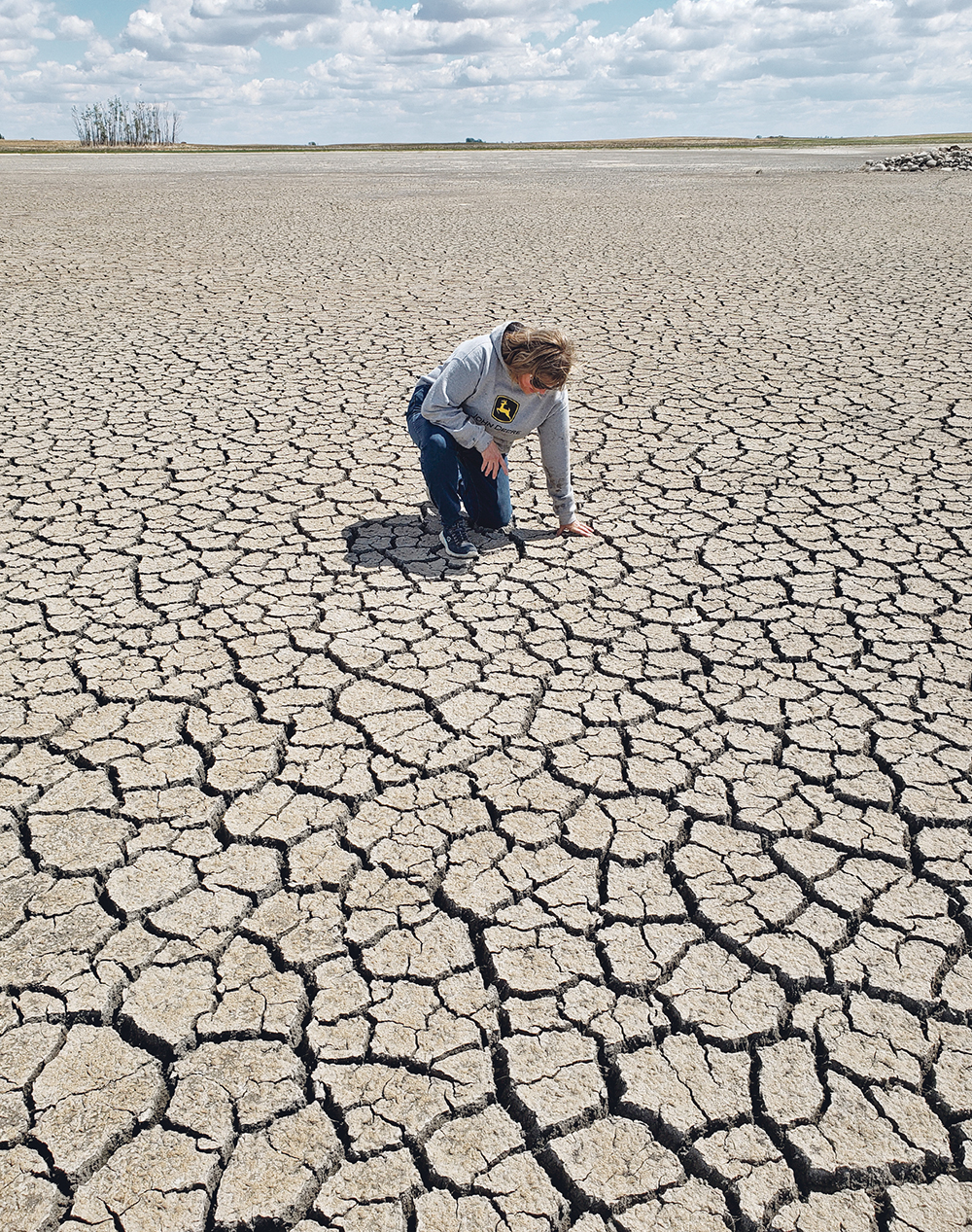
He said almost all fertilizers are salts. Salts in water have an osmotic effect. By dissolving in soil moisture, they increase the salt concentration or osmotic pressure. Higher osmotic pressure makes it more difficult for seeds or plants to extract the soil moisture they need. When it’s dry, you have less water in the soil so the salts are more concentrated.
“The other source of damage is fertilizer that contains or produces ammonia. Ammonia gas is very toxic to anything that’s living. Keep it away from the germinating seed or seedling. When soil is dry, you have more air-filled pores with lots of gaps for ammonia to diffuse away from the spot it was produced. A larger volume of soil is affected.
“Ammonia wants water. It will travel in all directions in search of water. You don’t want ammonia to reach your seeds or seedling roots. You have to go deeper with your fertilizer to give that ammonia a chance to find water.
“Cold dry conditions create a different problem with polymer-coated granulars. They release too slowly. The release depends on a combination of temperature and moisture. In cold, dry soils, you have neither.
He said growers must think about how to manage risk if there is a dry spring.
“Put down a smaller amount of fertilizer at seeding time. If you get rain, then you go in and top dress in crop. If there’s no rain, then you don’t waste extra input dollars buying nutrient the crop can’t use, and which may disappear by 2023.”
He said that if you opt to carry a lesser load of fertilizer at seeding time, it’s easier to do a one-pass operation. A single pass means less soil disturbance and less moisture loss.







